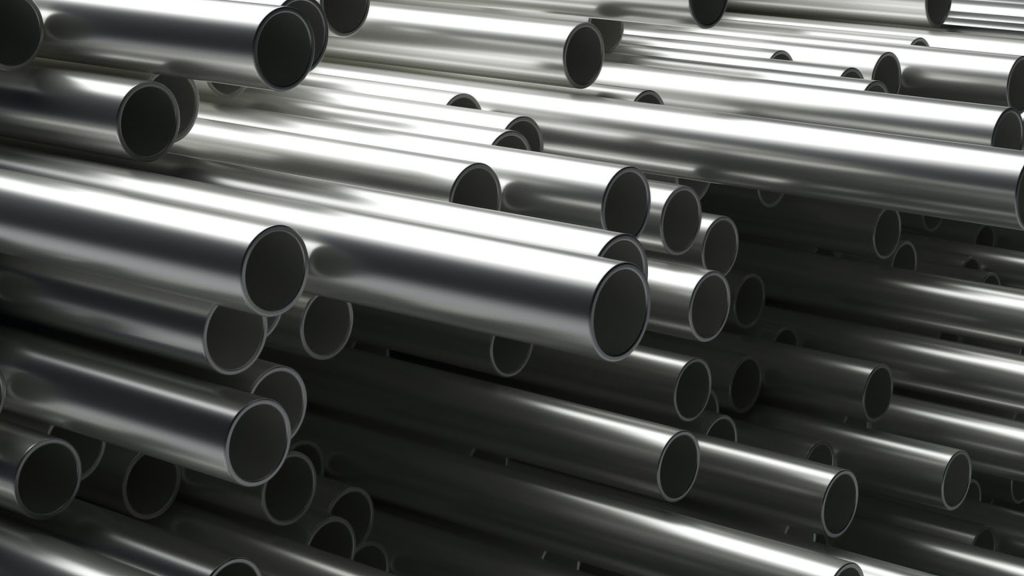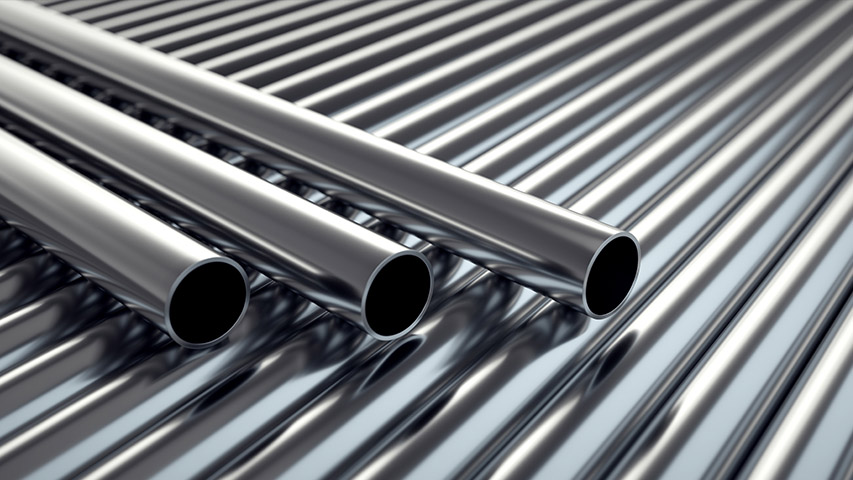Comparison of ASTM A213 and ASME SA213 Standards
Both ASTM A213 and ASME SA213 are essential standards for seamless ferritic and austenitic alloy steel pipes designed for use in high-temperature and high-pressure environments, particularly in boilers, superheaters, and heat exchangers. Below is a detailed overview of their similarities, differences, and applications:
1. ASTM A213
Definition:
Developed by the American Society for Testing and Materials (ASTM), this standard specifies the technical requirements for seamless ferritic and austenitic alloy steel pipes used in boilers, superheaters, and heat exchangers.
Applications:
- Power generation
- Petrochemical industries
- Heat exchangers and boilers operating under high pressure and temperature
Material Grades:
- Ferritic steel: T11, T22, etc.
- Austenitic steel: TP304, TP316, etc.
Testing and Inspection:
- Tensile test
- Flattening test
- Hardness test
- Non-destructive testing
- Hydrostatic pressure test
2. ASME SA213
Definition:
Adopted by the American Society of Mechanical Engineers (ASME), this standard is part of the ASME Boiler and Pressure Vessel Code (BPVC) and is specifically focused on seamless pipes for high-pressure boilers, superheaters, and pressure vessels.
Applications:
- Pressure vessel construction
- Boiler and superheater manufacturing
- High-pressure heat exchanger systems
Material Grades:
- Same as ASTM A213 (e.g., T11, T22, TP304, TP316)
Testing and Inspection:
- Similar to ASTM A213, with an emphasis on compliance with ASME BPVC for additional safety and reliability in pressure vessel applications.
Key Differences Between ASTM A213 and ASME SA213
| Aspect | ASTM A213 | ASME SA213 |
|---|---|---|
| Governing Body | ASTM (American Society for Testing and Materials) | ASME (American Society of Mechanical Engineers) |
| Primary Focus | General industrial applications | Pressure vessels and boilers (ASME BPVC compliance) |
| Usage Scope | Broader industrial use | Primarily for ASME-certified applications |
Similarities Between ASTM A213 and ASME SA213
- Material Types: Both cover ferritic and austenitic steel grades, ensuring compatibility with high-temperature and high-pressure environments.
- Testing Requirements: Both require rigorous testing, including mechanical property assessments and non-destructive evaluations, to ensure durability and safety.
- Applications: Widely used in critical systems such as boilers, superheaters, and heat exchangers.
Whether you need seamless pipes for general industrial purposes (ASTM A213) or for ASME-certified high-pressure applications (ASME SA213), both standards ensure high performance and safety in challenging conditions.


